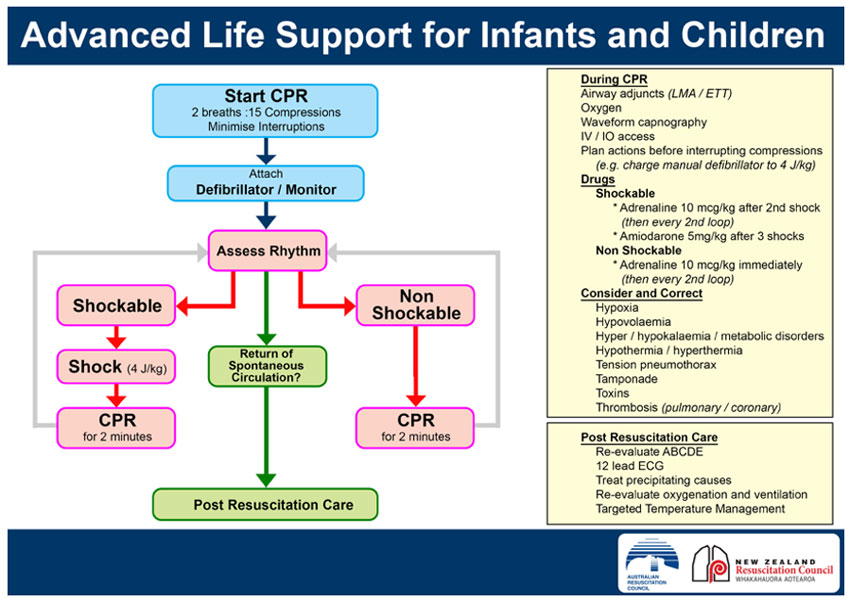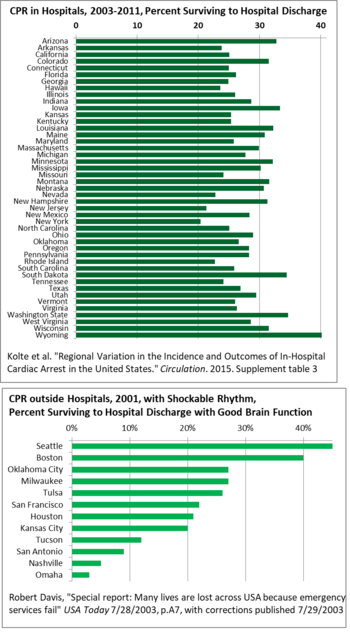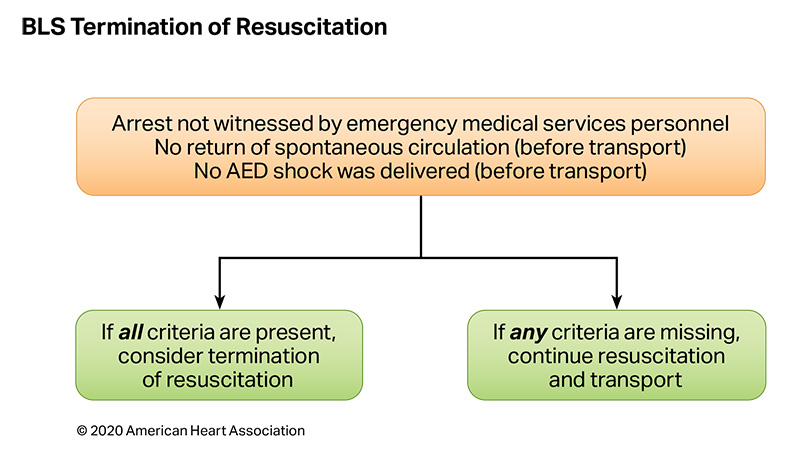
Conversion to shockable rhythms during resuscitation and survival for out‐of hospital cardiac arrest | Semantic Scholar

Conversion to shockable rhythms during resuscitation and survival for out‐of hospital cardiac arrest | Semantic Scholar
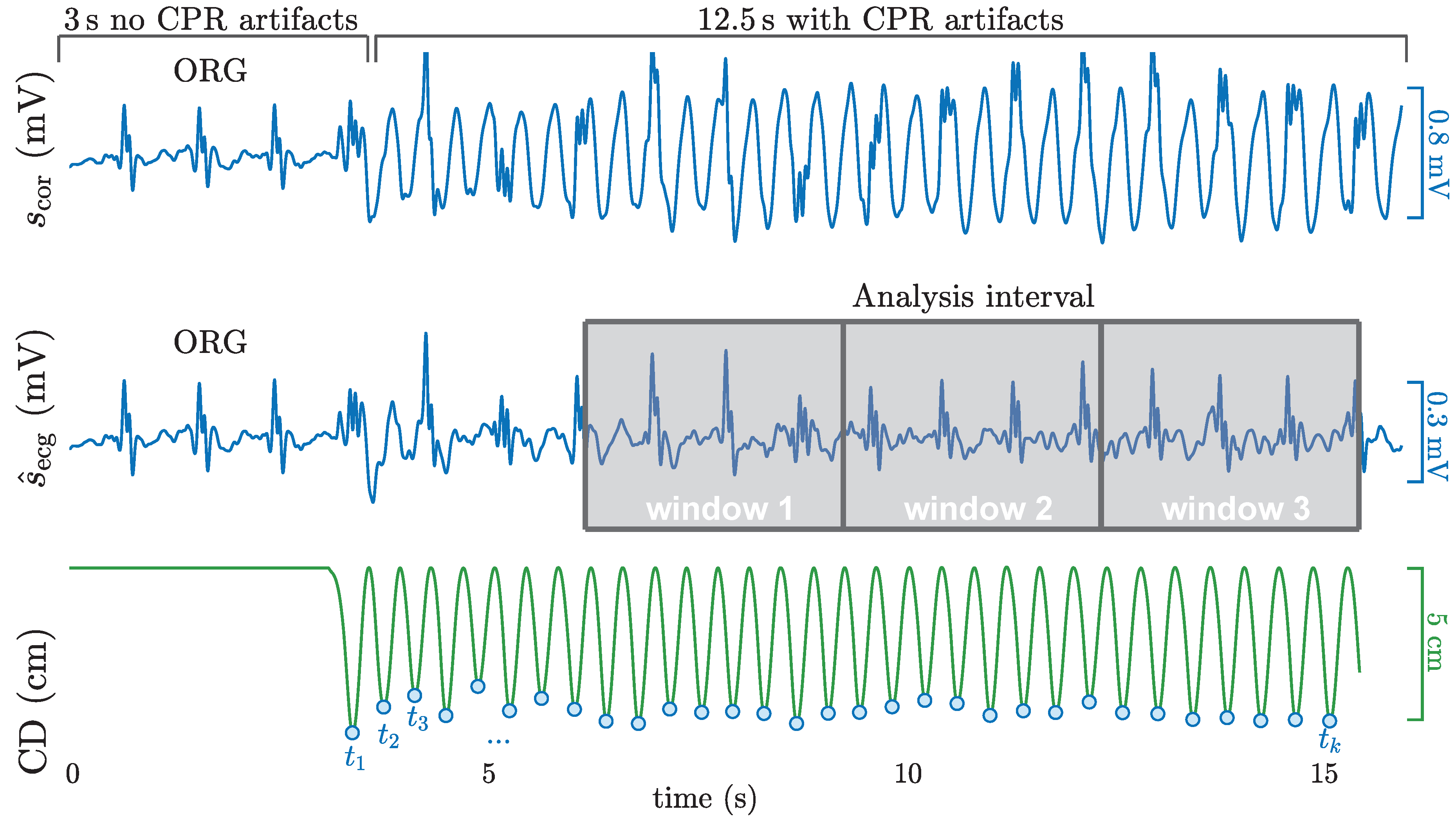
Entropy | Free Full-Text | Rhythm Analysis during Cardiopulmonary Resuscitation Using Convolutional Neural Networks | HTML
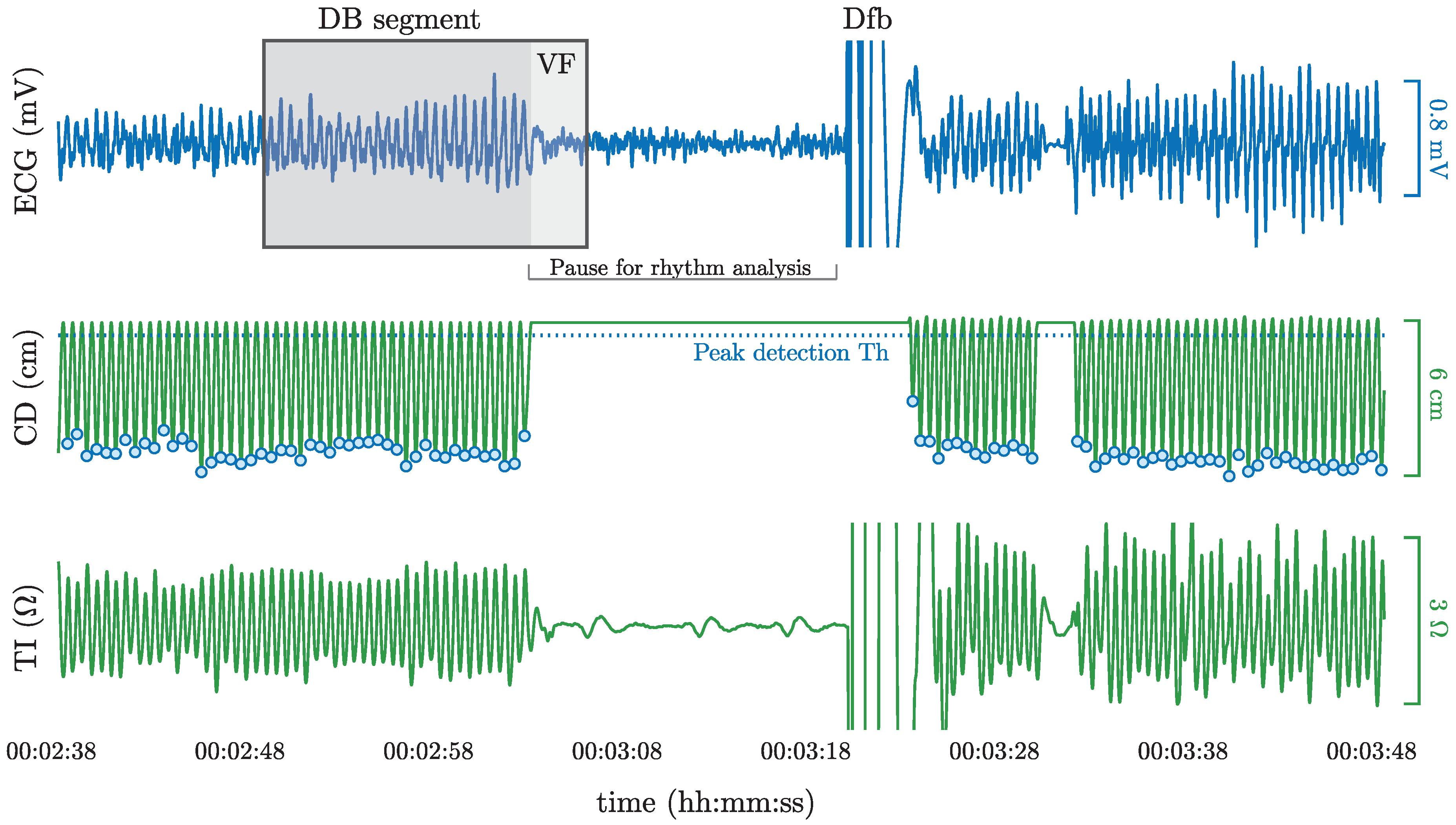
Entropy | Free Full-Text | Rhythm Analysis during Cardiopulmonary Resuscitation Using Convolutional Neural Networks
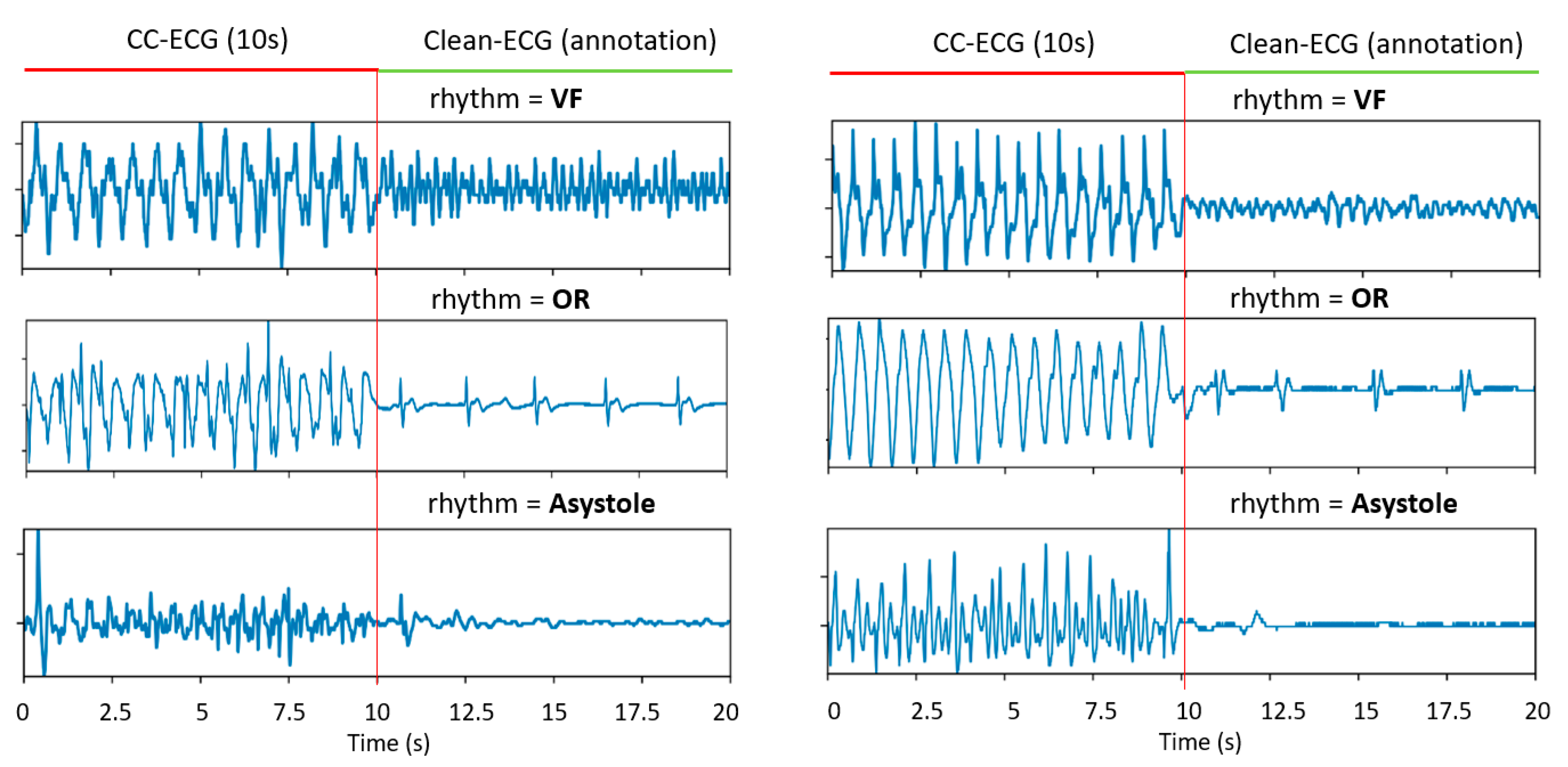
Sensors | Free Full-Text | Optimization of End-to-End Convolutional Neural Networks for Analysis of Out-of-Hospital Cardiac Arrest Rhythms during Cardiopulmonary Resuscitation
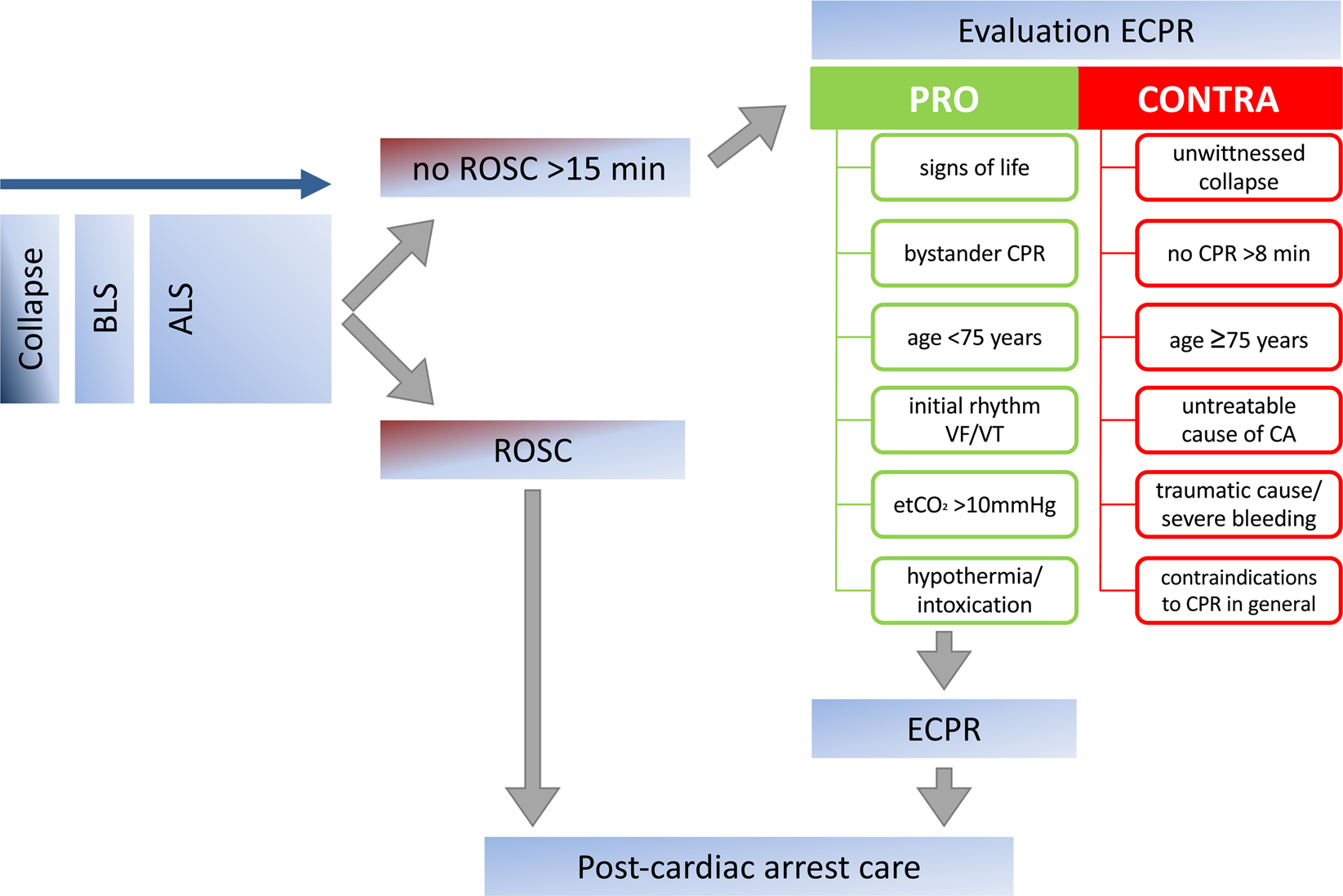
Myocardial infarction type 1 is frequent in refractory out-of-hospital cardiac arrest (OHCA) treated with extracorporeal cardiopulmonary resuscitation (ECPR) | Scientific Reports

Table II from ECG-Based Classification of Resuscitation Cardiac Rhythms for Retrospective Data Analysis | Semantic Scholar

Association of subsequent treated shockable rhythm with outcomes after paediatric out-of-hospital cardiac arrests: A nationwide, population-based observational study - ScienceDirect

Conversion to shockable rhythms is associated with better outcomes in out-of-hospital cardiac arrest patients with initial asystole but not in those with pulseless electrical activity - Resuscitation

Table 3 from Strong corruption of electrocardiograms caused by cardiopulmonary resuscitation reduces efficiency of two-channel methods for removing motion artefacts in non-shockable rhythms. | Semantic Scholar

Progressing from initial non-shockable rhythms to a shockable rhythm is associated with improved outcome after out-of-hospital cardiac arrest - Resuscitation

